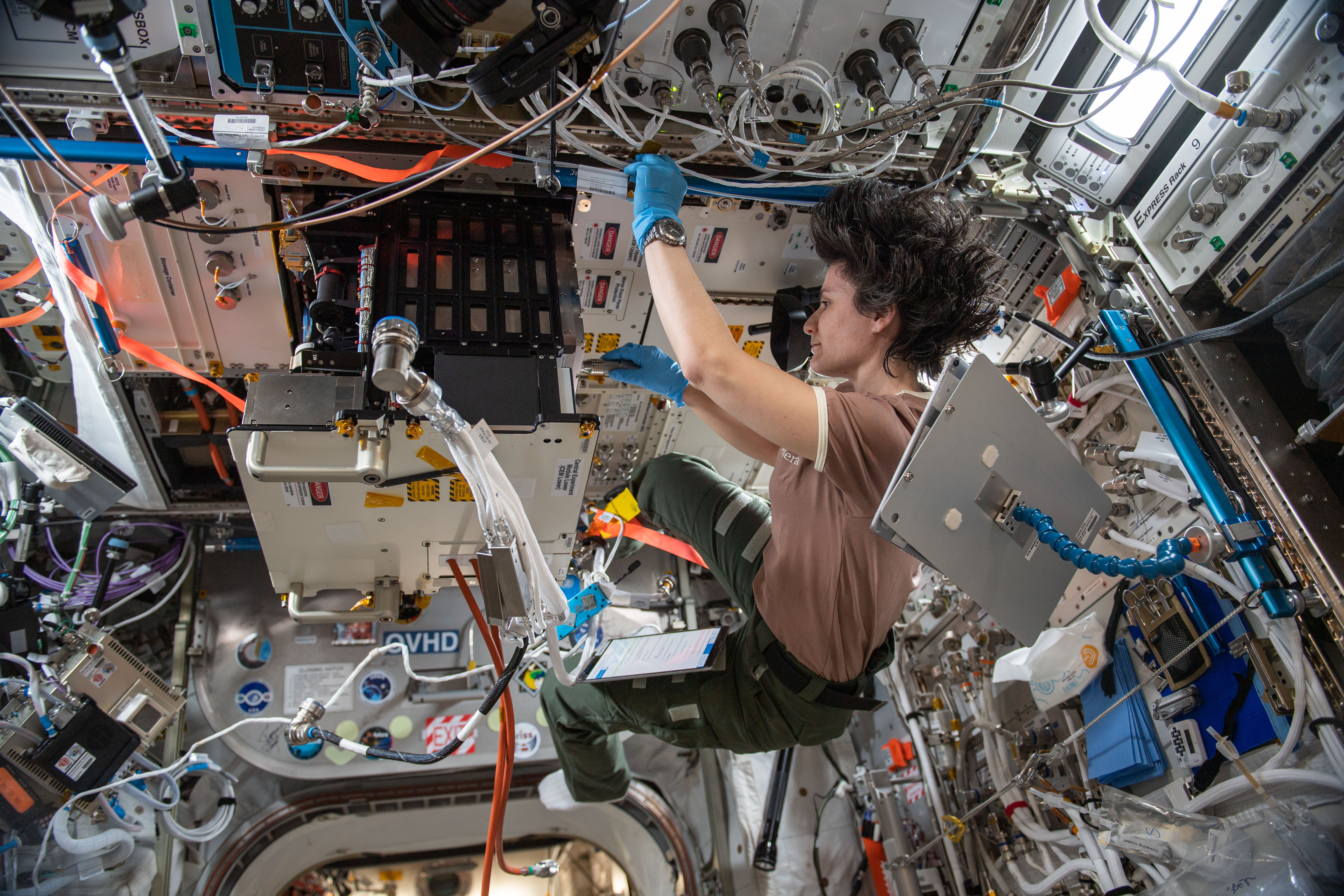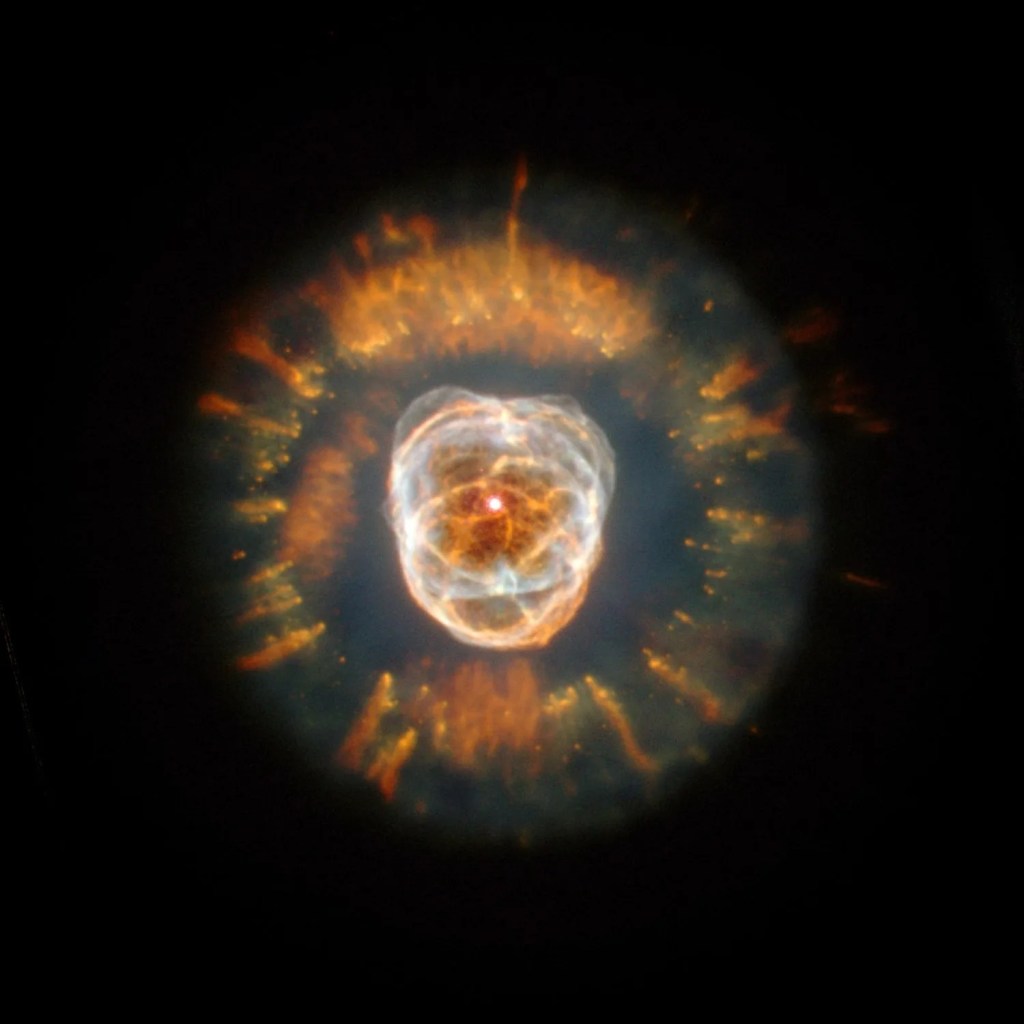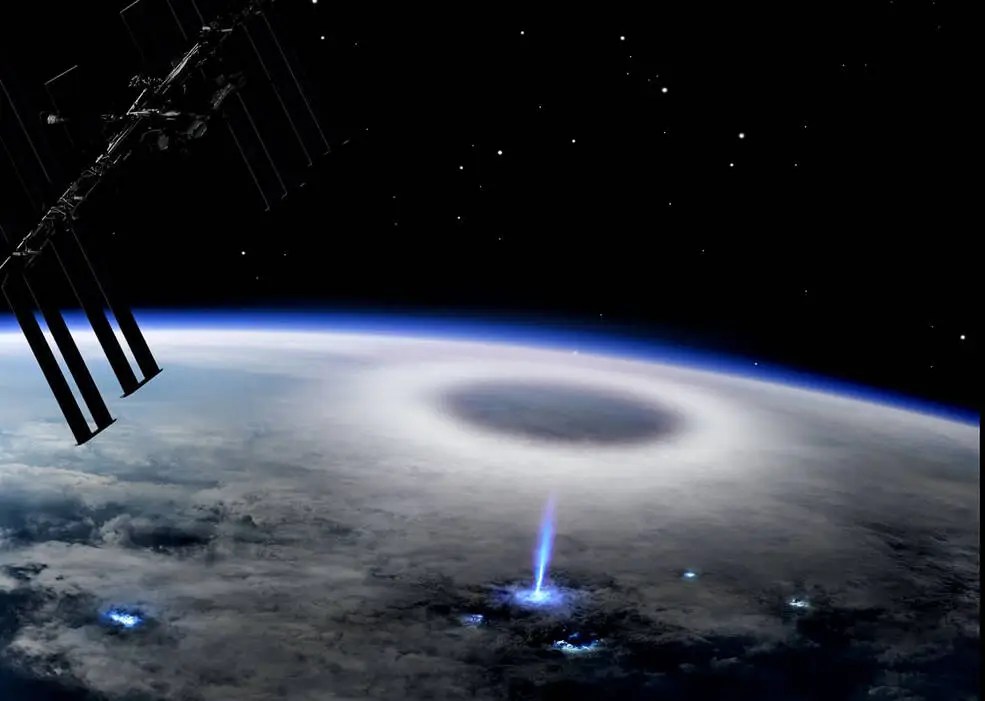Bright Spokes, Dark Shadow
| PIA Number | PIA12605 |
|---|---|
| Language |
|
Bright spokes and the shadow of a moon grace Saturn’s B ring in this Cassini spacecraft image.
Spokes are radial markings scientists continue to study, and they can be seen here stretching from the far left to upper right of the image. Spokes appear bright when they are viewed at phase, or Sun-Saturn-spacecraft, angles higher than about 45 degrees. This image was taken at a phase angle of 50 degrees. See ‘Tis the Season for Spokes and The Spoke Search to learn more.
The moon Mimas is not shown here, but its shadow appears on the rings near the top of the image. The novel illumination geometry that accompanies equinox lowers the sun’s angle to the ringplane, significantly darkens the rings, and causes out-of-plane structures to look anomalously bright and cast shadows across the rings. These scenes are possible only during the few months before and after Saturn’s equinox, which occurs only once in about 15 Earth years. Before and after equinox, Cassini’s cameras have spotted not only the predictable shadows of some of Saturn’s moons (see Across Resplendent Rings), but also the shadows of newly revealed vertical structures in the rings themselves (see A Small Find Near Equinox).
This view looks toward the northern, sunlit side of the rings from about 9 degrees above the ringplane.
The image was taken using a compression scheme that reduces the image file size on the spacecraft’s data recorder, resulting in the rings’ slightly pixelated appearance.
The image was taken in visible light with the Cassini spacecraft wide-angle camera on Jan. 11, 2010. The view was acquired at a distance of approximately 611,000 kilometers (380,000 miles) from Saturn and at a Sun-Saturn-spacecraft, or phase, angle of 50 degrees. Image scale is 66 kilometers (41 miles) per pixel.
The Cassini-Huygens mission is a cooperative project of NASA, the European Space Agency and the Italian Space Agency. The Jet Propulsion Laboratory, a division of the California Institute of Technology in Pasadena, manages the mission for NASA’s Science Mission Directorate, Washington, D.C. The Cassini orbiter and its two onboard cameras were designed, developed and assembled at JPL. The imaging operations center is based at the Space Science Institute in Boulder, Colo.
For more information about the Cassini-Huygens mission visit http://saturn.jpl.nasa.gov . The Cassini imaging team homepage is at http://ciclops.org .
Credit: NASA/JPL/Space Science Institute





























